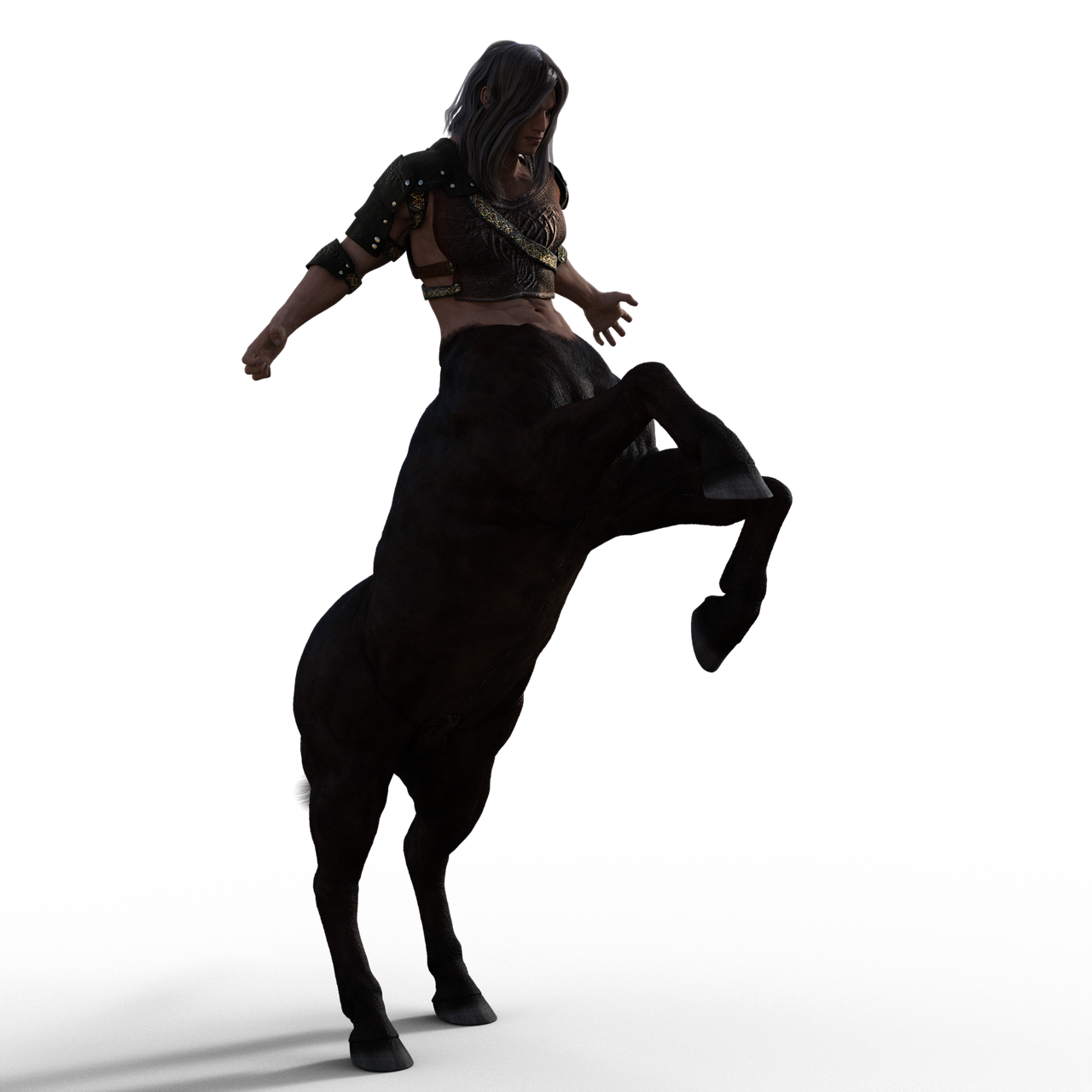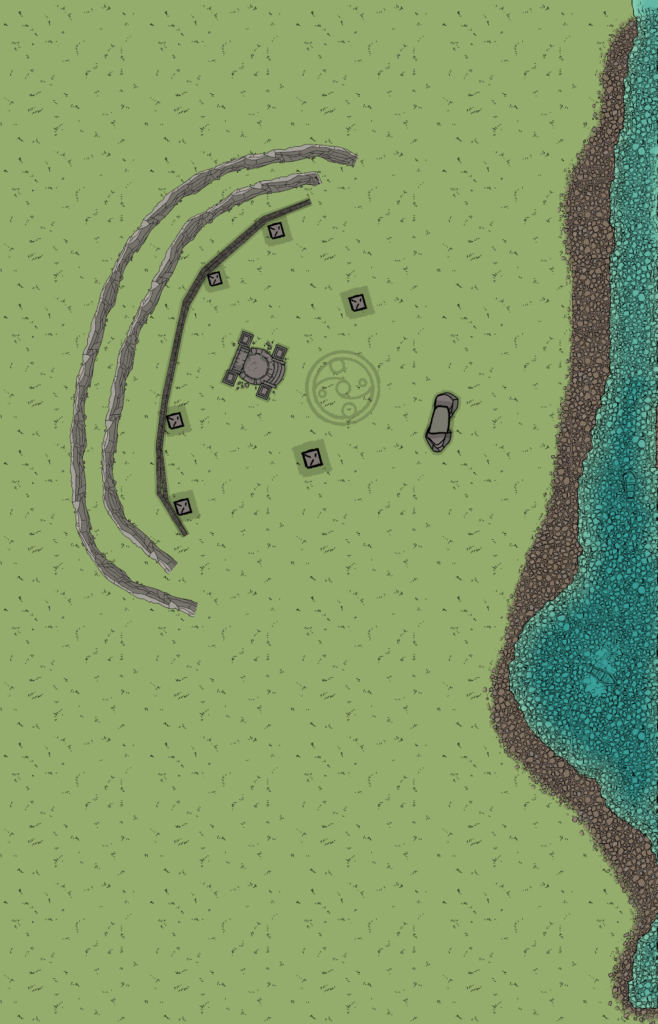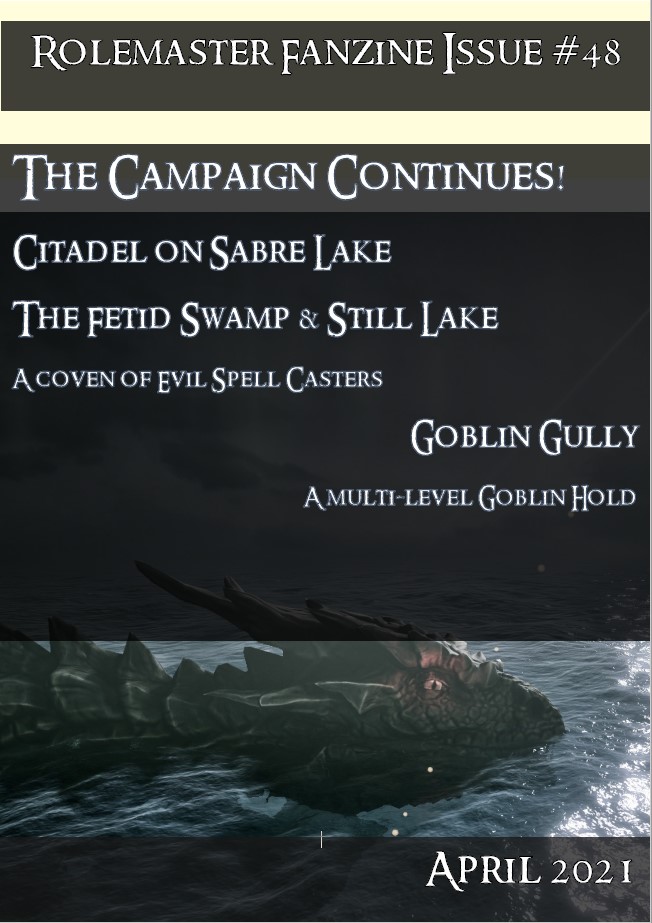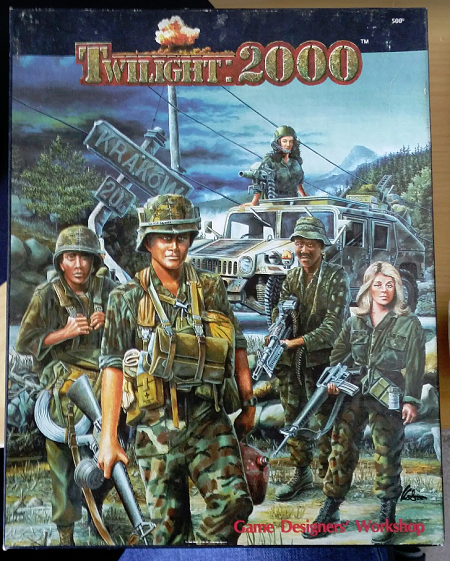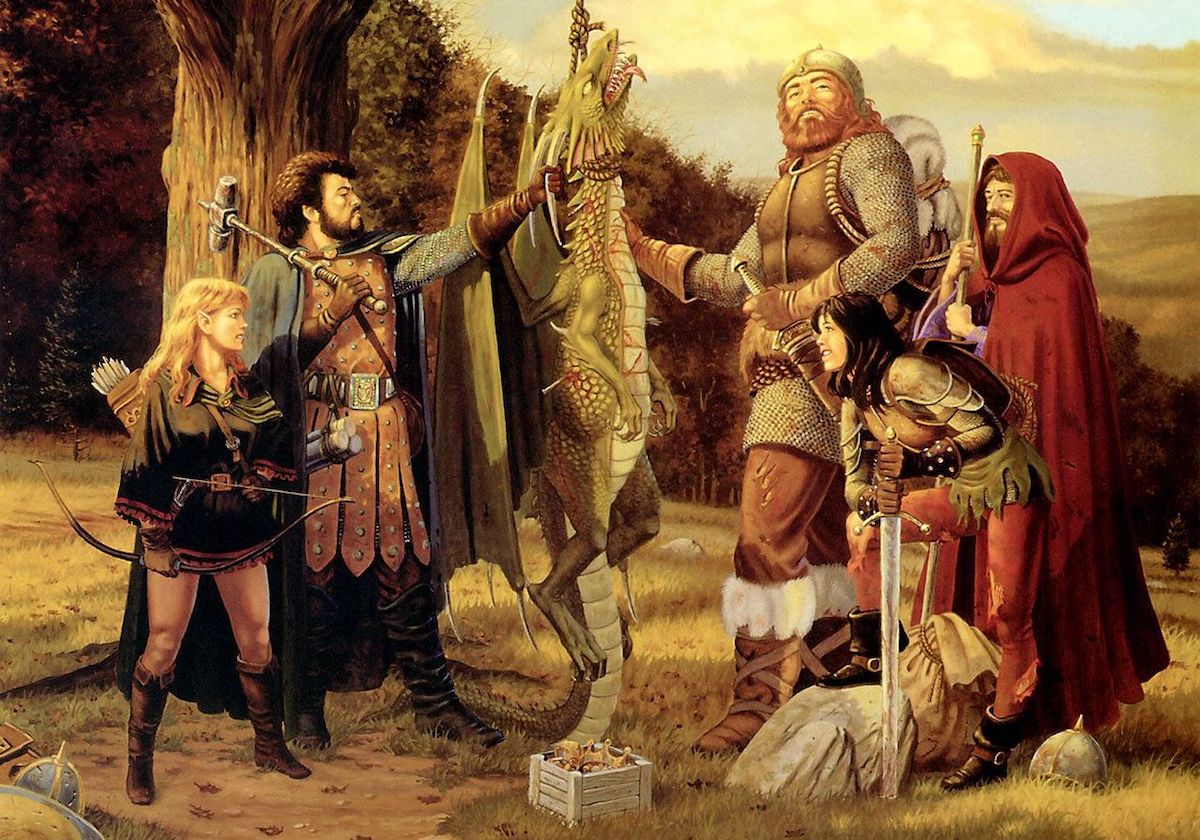
One of the features of early AD&D was the use of various types of “followers” that the PCs could obtain. Most are defined by the level of loyalty they have to the PC character; ranging from a mere hired helper to a devoted sidekick. These NPCs are often interchangeably termed as followers, hirelings, retainers and henchmen, and their use can have significant impact on gameplay. As a primer, I would suggest reading this post from the OSR perspective.
It is notable to me that early Rolemaster rules (Character Law or Campaign Law) didn’t address PC followers of any type: even the cost of hirelings is absent the early charts in Character Law and Campaign Law (did any of the Companions delve into this?)
Looking back on the 1st ED. DMG, you can find a number of pages that cover these types of NPCs:
Page 16. “Followers for Upper Level Player Characters”.
This section alludes to a powerful characters obtaining followers of one sort or another. The mechanism isn’t addressed, except for the reference to “reaching a certain level” or “building a stronghold”. So while there is no real rules around the “how”, there are certainly a lot of charts about the “what”! For instance, Clerics can obtain up to 200 men-at-arms, ranging from light infantry to heavy cavalry. Fighters will obtain a military commander/leader between 5th and 7th lvl and a company of soldiers. Rangers have one of the more interesting follower charts, and can get humans, demi-human classes, animals, mounts and special creatures including were-beasts, giants or even a copper Dragon! Thieves and Assassins will attract a dozen or so followers upon reaching “Guildmaster” status and of course the Paladin will receive a special warhorse. And that’s just the start to the topic of “followers” in the DMG!
Page 26. “Hirelings”.
This section delineates between normal Hirelings and Expert Hirelings. All are various NPCs that provide labor, low-skilled services or specialty or niche abilities but are differentiated from henchmen by being “employees”. There is extensive material on various hirelings: soldiers, mercenaries, sages, engineers and beyond; the section starts on page 26 and runs onto 3/4 of the way through page 34.
Page 34. “Henchmen”
Retainers, like Hirelings, are also employed and paid, but they function along a system of loyalty based on many modifiers. It’s also inferred that henchmen act as a secondary PC, and can be used in place of the main character.
Page 103. “Hiring NPCs to cast spells or use devices”.
Finally, later in the Guide is a section on cost of hiring specialists to cast specific spells . This should have been included under the “Hirelings” section; but as it’s been noted by many others, the original DMG is an organization wreck.
Returning to Rolemaster, there are certainly times when the group will need to hire specialists, spell-users to cast spells or pay for magical healing, but there is not real attention paid to building a posse or retinue of hirelings or loyal henchmen and retainers. Is this an important angle overlooked by Rolemaster? Do you use followers in your campaign? I’ve written about a similar situation on this blog regarding familiars–I think they are pain in the ass and a constant source of abuse by the players. But perhaps there are other reasons:
- RM character development allows a broader skill set among the party compared to the structured approach of D&D. There is less need to add specialists to fill ability gaps.
- Complexity. If every PC had a retainer, you would effectively double the party size and add a considerable work load onto the GM. Even if you allowed the player to develop the retainers personality, the GM would still need to control or direct the NPC to some degree.
- D&D’s foundation in wargaming was the impetus for followers and henchmen. Rolemaster doesn’t have that pedigree and thus ignored it. Alternatively, RM was influenced by LoTR and that setting had less of a medieval approach to social organization?
I’m not a lazy GM, but since I already run a human-centric (or at least an anthropomorphic) game, I’m already managing a number of NPCs. I don’t need too, or want too, keep any eye on the use of a handful of retainers or henchmen. (I can handle hirelings). But I am intrigued by the concept being built into the game system. Certainly Shadow World’s emphasis on organizations implies the need for guild like systems: mentors, trainees, followers, squires etc. It’s seems natural to have higher level characters access human resources of the organization in some form or another–whether it be a trainee or a devoted believer.
Certainly this issue might be setting specific, but it might be cool to add some follower tables for use in Rolemaster. What are your thoughts?

